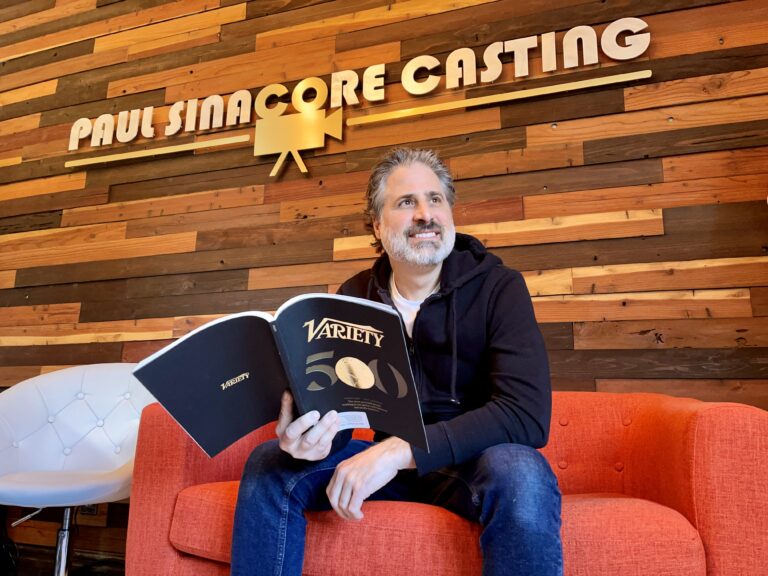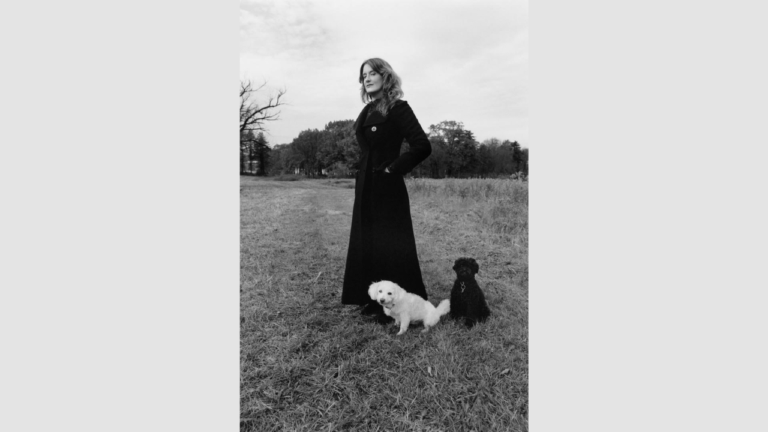Whenever I get stuck in a difficult scene or role, the enduring mantra (repeated by many instructors over the years) is “Bring it back to the text.”
When you get lost, take it back to the words. For that to be an effective roadmap, you have to be able to analyze it.
Being able to analyze a script properly is a foundational skill in the actor’s toolkit. Let’s bring it back to basics and see what that looks like.
Insights: Quick Tips for Script Analysis
- Always return to the script and analyze both its context and the writer’s intentions to fully understand your character and story.
- Break down each scene into beats, units, objectives, tactics, and obstacles to clarify your character’s journey and actions.
- Look for subtext beneath the dialogue to add depth and nuance to your performance, ensuring you convey more than just the surface meaning.
Read the Script for Context
Analyzing a script professionally is different than reading for pleasure. Yes, you must absorb the story and emotionality — and I would recommend that your first read-through be just that. Just read the story and let it affect you, but don’t stop there.
When you read through it again, make sure you’re looking for context. This can be the context for the character. What is their socio-economic background, the cultural backdrop against which they live?
You should also be looking for the context in which the script was written. When we write, our environment, culture and audience affect our messaging. Things that would have seemed radical, subversive and hilarious in medieval England don’t have the same resonance for a modern American audience.
As the actor, you must translate that meaning for your audience, which means you must first understand its impact. This applies not just to playwrights of yesteryear but to screenwriters of differing cultural backgrounds than yourself. Context is king, and respectful research is the way to the crown.
Apply Critical Thought to The Script
Never stop questioning the script. Keep peeling back layers of the script to get at the heart of it.
Well-written characters aren’t perfect. They have nuance and flaws, and the things that happen to them are wrapped in metaphor, symbolism and double meanings.
Different scripts are written through different cultural lenses. To read critically, you have to question the script. What is its purpose? What is the targeted audience? What biases might the writer harbor? What media shorthand is the work employing? What is the tone?
For example, satirical and non-satirical work must be handled completely differently, even when touching the same topic. The more you hone your critical thinking and media literacy skills, the quicker and more accurate your script analysis will become.
Thinking about joining Casting Networks? Sign up for a free trial today!
What is the Point of the Scene?
When scoring a scene, don’t lose track of the forest for the trees. If you’re getting lost in the minutiae of beats and tactics, take a step back and look at the big picture.
What purpose does this scene serve in the greater story arc of the script? How does it drive and develop the plot? How does it change your character? Knowing the scene’s role in the greater story will help you specify your character’s role in the scene.
Define the Beats and Units in the Script
Beats and units indicate the shifts and segments by which the script can be broken down. While you will likely feel them intuitively as you read the material, being able to identify them with specificity and intention is a foundational part of scoring your script.
Units are the big chunks. These indicate a large tonal shift, often heralded by a change of topic or the arrival of a new character.
Beats are smaller shifts, often indicated by a change of tactic. Breaking your script down into beats and units is a great first step toward organizing the arc and flow of your script.
Determine Your Character’s Objective, Tactics and Obstacles
These are the building blocks of your scene. Your character’s objective, or action, is what they are fighting for. This connects back to their super-objective (their core need beyond the scope of individual scenes).
Your scene objective is strongest when it is connected to another person in the scene: you are trying to get something from them or affect them somehow.
The way you go about fighting for your objective is your tactic. Tactics change with your character’s wins or losses in pursuit of their objective. Anything that prevents your character from achieving their objective is an obstacle.
Obstacles can be external or internal. There are many approaches to acting. This is the one I use to score scripts, but it certainly isn’t the only one. Regardless of what terms you’re using, digging deep into your character’s needs and how they fight for them can only make your work stronger.
Subtext Matters
Don’t forget the subtext!
Well-written characters don’t announce what they want and why all the time. Their meaning is layered deep beneath social performance, strategy, defensiveness, and people-pleasing (sometimes it’s wholly unknown to the characters themselves, but it must not be unknown to you, the actor).
Dissecting the subtext – the underlying meaning beneath the surface reading of the line – will give your performance weight and your character nuance. Don’t neglect it.
Final Takeaways
Good script analysis shows up in your work. There is no substitute for the specificity and impact it can provide. Your performance can only be as deep as your true understanding of the words. Invest in the practice, and it will support your work exponentially. Here are the core takeaways:
- Don’t overlook subtext; the underlying meaning gives your performance authenticity and depth.
- Always begin by reading for both story and context, considering both the world of the play and the writer’s cultural background.
- Apply critical thinking to uncover purpose, tone, and possible biases, constantly questioning and peeling back the layers of the script.
- Identify beats and units to organize the script’s arc, and clarify objectives, tactics, and obstacles for each scene.
You may also like:












